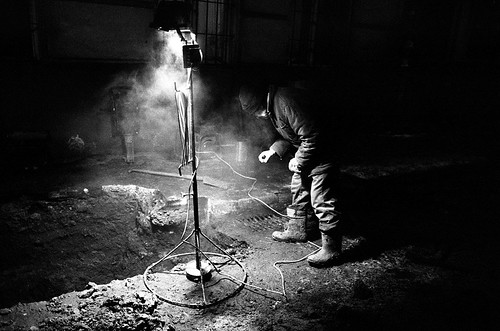
…
The capital of Poland until 1609, Krakow (or Cracow) remains one of the intellectual centers of the country and one of Europe's most beautiful historic cities. In Krakow the charm of a medieval town blends with the bustle of the 20th century. The royal castle of Wawel, located on a hill overlooking the Vistula, was built nearly 1,000 years ago. Its majestic chambers are filled with a rich collection of tapestries and other medieval art objects. The Gothic cathedral next to the castle contains the tombs of most of the country's kings and other famous personages. Many poets are buried there, since, according to old Polish tradition, great poets are equal to kings.
Krakow is also the home of the Jagiellonian University, which was founded in 1364 and has become a leading center of culture and learning in Central Europe. It has produced some of the world's greatest scholars, including Nicolaus Copernicus (1473-1543), the astronomer who was the first scientist to postulate that Earth revolves around the Sun. His laboratory has been preserved in the medieval part of the campus and is still used by the university.
Located close to the industrial area around Katowice, Krakow has unfortunately become a victim of reckless development. Pollution is destroying many monuments, and outdoor statues are disintegrating. Poland will need massive international aid to stop this deterioration.


Comments